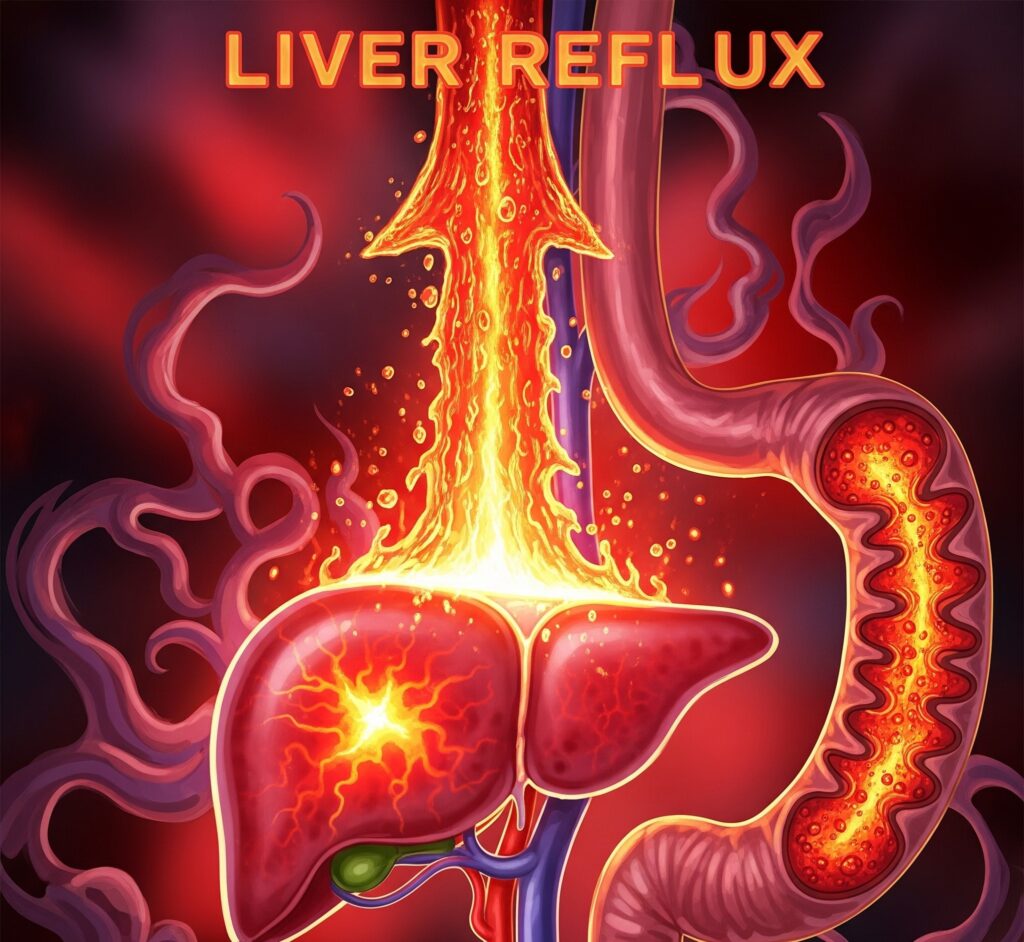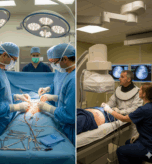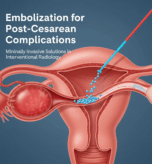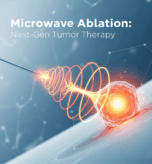Introduction
Liver reflux, often linked with bile reflux, is a digestive condition that can cause significant discomfort and disrupt daily life. When bile flows backward from the liver into the stomach and esophagus, it irritates the lining, leading to burning sensations, nausea, bloating, and even chronic indigestion. Understanding the symptoms and causes of liver reflux and bile reflux is the first step toward effective management and lasting relief.

What Is Liver Reflux and Bile Reflux?
Liver Bile reflux occurs when bile, a digestive fluid produced by the liver, flows backward into the stomach. Similarly, bile reflux specifically refers to the backflow of bile, which may reach the esophagus, causing heartburn-like symptoms. Common symptoms and causes of liver reflux and bile reflux include persistent heartburn, nausea, regurgitation, abdominal pain, and a bitter taste in the mouth. Triggers may include high-fat diets, obesity, alcohol consumption, certain medications, and digestive disorders.
Liver Reflux Treatment Options
Fortunately, there are several effective liver reflux treatment options for managing symptoms and improving quality of life. Mild cases often respond well to lifestyle changes, such as eating smaller meals, avoiding trigger foods, reducing alcohol intake, and maintaining a healthy weight. Medications like bile acid binders and antacids may also provide temporary relief for bile reflux symptoms.
For more severe or persistent cases, advanced medical procedures can be life changing. Interventional radiology for liver reflux is a minimally invasive option that targets the root cause of bile flow problems, helping patients find lasting relief without major surgery.
The Role of Interventional Radiology
Interventional radiology for liver reflux uses imaging techniques to guide precise procedures, such as stent placement or other minimally invasive treatments. These interventions restore normal bile flow, preventing backflow into the stomach and esophagus. One of the benefits of interventional radiology is its precision, reduced recovery time, and lower risk compared to traditional surgery.Patients often ask about the success rates of interventional radiology in liver reflux management. Clinical studies show that carefully selected patients experience significant symptom relief, improved digestion, and better overall quality of life after these procedures.
Minimally Invasive Procedures for Bile Reflux Relief
Techniques for minimally invasive liver reflux treatment include:
- Percutaneous stent placement
- Endoscopic interventions
- Balloon-occluded procedures
These treatments are usually performed under local anesthesia. They require minimal hospital stay and allow faster recovery.
Patients report noticeable improvements in digestion. Symptoms like heartburn, nausea, and abdominal pain often decrease. Combined with lifestyle changes, these procedures provide long-lasting relief.
Lifestyle Changes for Managing Liver Reflux
Alongside medical treatments, adopting healthy lifestyle habits plays a crucial role in controlling liver and bile reflux. Small but consistent changes in diet, daily routine, and self-care can significantly reduce symptoms and improve overall digestive health. Eating smaller, more frequent meals throughout the day instead of large heavy portions helps ease digestion and prevents excessive pressure on the stomach. It is equally important to avoid foods and drinks that commonly trigger reflux, such as fatty or fried dishes, spicy meals, chocolate, caffeine, carbonated beverages, and alcohol.
Maintaining a healthy weight is another key factor, since excess abdominal fat increases pressure on the digestive tract and worsens reflux episodes. Staying upright after meals, preferably for two to three hours, reduces the risk of bile and stomach contents flowing backward, while elevating the head of the bed can help prevent nighttime reflux. Good hydration and a diet rich in vegetables, lean proteins, whole grains, and fiber support digestive balance, whereas excessive fats and oils should be limited.
Conclusion
Managing liver reflux and bile reflux requires a combination of medical care and lifestyle adjustments. Exploring liver reflux treatment options and considering minimally invasive procedures helps address the root causes.
Modern interventional radiology for liver reflux offers safe and effective treatments with lasting results. When combined with diet and lifestyle management, overcoming liver and bile reflux is possible. Patients can reclaim comfort, confidence, and enjoy life again.






